Is Your Muse-ic Calling Your Name? by Carol Malone
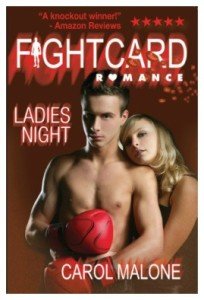 Please welcome author and book coach in training Carol Malone. Today she’s sharing her article about enticing your Muse-ic to bring you stimulation, inspiration, and peace as you write. Enjoy!
Please welcome author and book coach in training Carol Malone. Today she’s sharing her article about enticing your Muse-ic to bring you stimulation, inspiration, and peace as you write. Enjoy!
***
When I was a small child, it didn’t take me long to realize music could be used to tell powerful stories. I’d pop on a 78 record and listen till my parents would cry. I listened to songs like: “Blue Tail Fly” or “Jimmy Crack Corn and I Don’t care,” “The Big Rock Canady Mountain,” “Twinkle, Twinkle Little Star,” “The Three Billy Goats Gruff,” and “How Much is that Doggie in the Window?” I know, I’m dating myself. You younger writers are scratching your heads, aren’t you? But these songs influenced my play and my emotional state. They told me stories, let me live within the worlds they created.
How did Muse-ic affect my creativity and when?
As I grew, my childish songs were replaced with songs from the likes of Elvis, the Beatles, The Beach Boys, Credence Clearwater Revival, and my favorite, John Denver. I adored groups and songsters who were still storytelling-types.
The Sixties turned into the Seventies and then my rock and roll choices changed to bands like The Doors, The Who, the Eagles, America, and the group I listened to the most, Journey. This was the music I played constantly in high school and in college—the years I wrote my first short stories and poetry.
In between my early childhood years, teen, and young adult years, I used my fondness of music to motivate me to learn the piano, join choruses, and choirs. I even learned the guitar in college. I was in a band once, me and three guys. We rehearsed and rehearsed to tell our stories in song and had only one performance. Such a short, but memorable musical career.
How can “Muse-ic” influence your state of mind and prepare you for writing?
I recently read an article about adding a sound track to our writing. In her article, “Writing Under The Influence (of Music),” Melissa Muhlenkamp said, “There is also something about musical stimulation that produces a very real response in our brains. It can create a specific emotion, a specific idea, a specific image. For me, this is where the true power of music lies. Music gives me vision, and for me, translating the vision of a story into words is the art of writing.”
Michelle went on to say, she has two rules for “harnessing its [Muse-ic’s] full potential. Rule number one, listen. I close my eyes and focus on the melody alone. I don’t worry about writing at this point. I just quiet my mind and let every thought mull over the song, its highs and lows, and whatever response it produces in me. Rule number two, don’t try to control the flow of ideas. In other words, I don’t hold back the jam. Instead, I let it guide me. Once the story takes shape, I open my eyes and begin typing.”
Music continues to play a significant place in my heart. Listening to my favorite songs still soothe, inspire, and energize me. What I listen to has seen me through more joy and pain than I care to chat about in this article. I figure it will do the same for my characters, especially if they are uncooperative, lacking motivation, or hurting.
Can “Muse-ic” set the proper tone for your writing?
When I’m writing my new pulp-fiction about hard-boiled detectives and long-legged dames, I love a good 40s/50s Harlem vocal smooth jazz play list. Hm-hmm. Sweet as honey. Songs like: “This is Always,” by Charlie Parker. “Baby Won’t You Make Up Your Mind,” by Ann Baker. “My One and Only Love,” by John Coltrane and Johnny Hartman. I like a bluesy, romantic sax, a discordant piano, tender clarinet, and smoky-throated gals like Billy Holiday, Mildred Bailey, or Peggy Lee. These masters wove tales of the gritty 1940s and 50s. When I put on this type of music, I feel like I’m writing while sitting in a hazy, half-lit blues club where a sultry, sexy redhead saunters to the mic—hips a’ swaying—and belts out her version of “Body and Soul.” Can you hear it? Can you feel the scene?
Can Muse-ic help you to feel the flow of scenes, or strengthen your characters?
If I’m writing about boxing action, I’ll listen to the early 50s jumpin’ classic rock and roll such as, “Hound Dog,” by Elvis Presley or “Great Balls of Fire,” by Jerry Lee Lewis. All the tunes have a driving beat so my boxer can pound rhythmically on the speed bag and get his bouncing dance steps for sparring. Some managers even have their boxers train to ballet music.
When I’m writing a slower scene in my 50s new pulp-fiction—the highly charged romantic parts—I might listen to Benny Goodman and his liquid sound of “Moonlight Serenade,” or Rosemary Clooney’s scorching tones of “Memories of You.”
Last time I worked on my YA Romance, I keyed up Pandora and set my station to the likes of Taylor Swift, Maroon Five, and Ed Sheeran. Or maybe I’ll plug in some sexy romantic tunes by Sam Smith, or Michael Bublé. I might even go old school, and listen to Ole Blue Eyes.
Can you use your “Muse-ic” to get you in the mood for writing?
If I can’t get in the mood to write, or when I’m feeling down, or need a pick-me-up, or a kick-in-the-pants, I’ll put on my inspirational music. Songs like these:
“This is my Fight Song” – Rachel Platten
“Brave” – Sara Bareilles
“Try” – Pink
“Perfect” – Pink
“Roar” – Katy Perry
“Shake it Off” – Taylor Swift
“Counting Stars” – One Republic
“Best Day Of My Life” – American Authors
“What Makes You Beautiful” – One Direction
“Shake It Out” – Florence + The Machine,
My all-time beloved tune for lifting my spirits is, “Rise Up” sung by Andra Day
Can listening to your Muse-ic be distracting?
Susan Perry in her book Writing in Flow: Keys to Enhanced Creativity, analyzed hundreds of award-winning writers who were interviewed about how they “find their flow.” She discovered that using music was part of their increase in the much-craved writing flow. “This may be because the senses generally tend to operate from a different part or combination of parts of the brain from the logical, linguistic part.”
In his article, “How Spotify Can Make You a Better Writer,” Michael Mahin, offered his opinion on listening to music with lyrics. He thought it was somewhat distracting until he “signed up for Spotify (it’s free!) and discovered film scores. The first thing you need to understand is that a film score is different than a soundtrack. A soundtrack is simply a compilation of the songs (typically pop songs) that were used in a movie.” I have found the Pandora also lets you search for composers and they do list their firm scores.
Michael Mahin offers some advice on how to use the Muse-ic program, Spotify, to help you find your flow:
Here’s how you can use music to become a better writer:
- Brainstorm movies that resonate with your current writing project in some way—you can think in terms of theme, tone, genre, anything that makes sense to you.
- Once you have a list of movies, search the web for the composers who wrote the film scores for those movies. The search string “composer film score [movie title]” seems to work well. Remember, you aren’t looking for soundtracks, but the composer of the film score.
- Take your list of composers to Spotify and search for them. Some will turn up, some won’t. Begin your Artist list by visiting each composer’s Spotify page and following them. (It’s nice having easy access to them when you’re ready to write.)
- Build your artist list by using the “Related Artists” recommendations to find related names and scores.
Whether you use Spotify or Pandora to build your own writing playlists, you can find the right type of music that will entice your Muse-ic to increase your writing flow. It doesn’t matter if you write fantasy, romance, science fiction, paranormal, post-apocalyptic fantasy, mysteries, or memoir; you can find the right genre of music to heighten your writing experience. Just think of the mood you want to create in your manuscript, and tone you want to set. Search similar music on Spotify or Pandora, key up the tunes, and let your Muse-ic guide your fingers to the success of stories that sing.
Has someone taken the hard work out of finding a great playlist for me?
Absolutely. There is a playlist to listen to if you just want to be creative and write. It’s called “Music for Writing, Music for Writing Essays & Music for Writing Concentration Novels, Fiction.” The YouTube video even features a scene with someone writing that you can watch as you write.
***
ABOUT THE AUTHOR
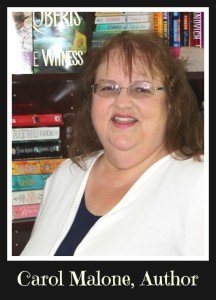 An award winning author, Carol Malone writes new-pulp-fiction suspense kissed with romance that rockets readers into the past to uncover a hard-fought happily-ever-after. If not hammering out new tales, Carol is reading, watching the Dodgers, reruns of Castle, and the Food Network with her sci-fi author husband on the coast of California. She loves to connect with her readers and invites them to chat about romance and sports on her website.
An award winning author, Carol Malone writes new-pulp-fiction suspense kissed with romance that rockets readers into the past to uncover a hard-fought happily-ever-after. If not hammering out new tales, Carol is reading, watching the Dodgers, reruns of Castle, and the Food Network with her sci-fi author husband on the coast of California. She loves to connect with her readers and invites them to chat about romance and sports on her website.
Website: http://carolmalone.net/
Facebook: https://www.facebook.com/carolmaloneauthor
Twitter: https://twitter.com/CarolAnneMalone
Fight Card Romance: Ladies Night

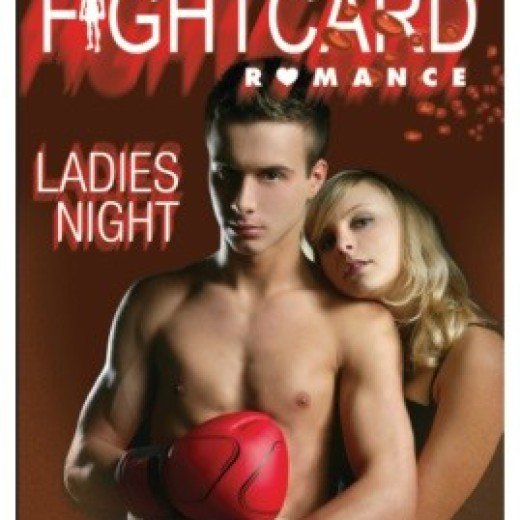
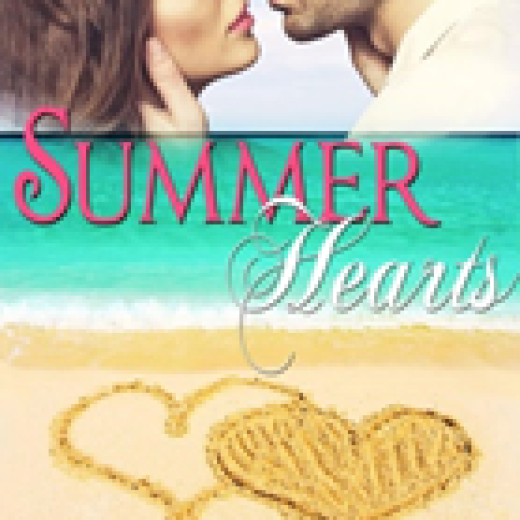
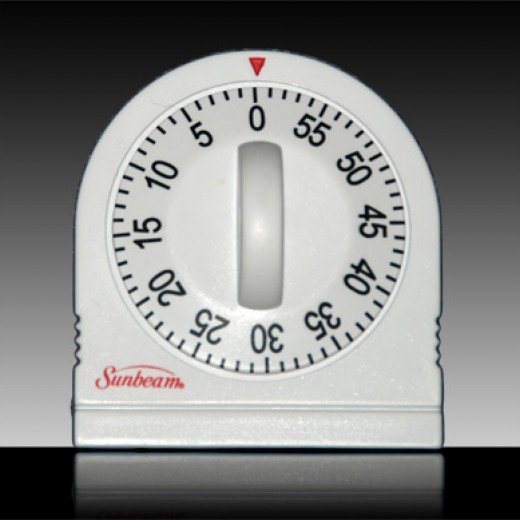



I read that classical music can help get the creative juices flowing. I listen to Mozart or Bach when writing, but when I edit I play Gregorian Chant or other ambient music to keep me relaxed.
Thanks for the links to the other books and articles.
Great Hugh. Thanks for the comment. I love the soft, romantic strains of a great violin piece. Jazz to write Fight Card, and the top 40 for YA.